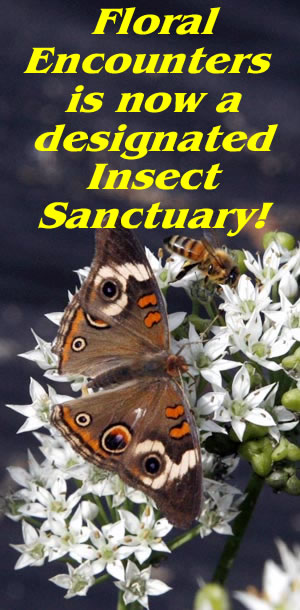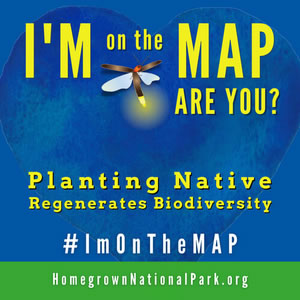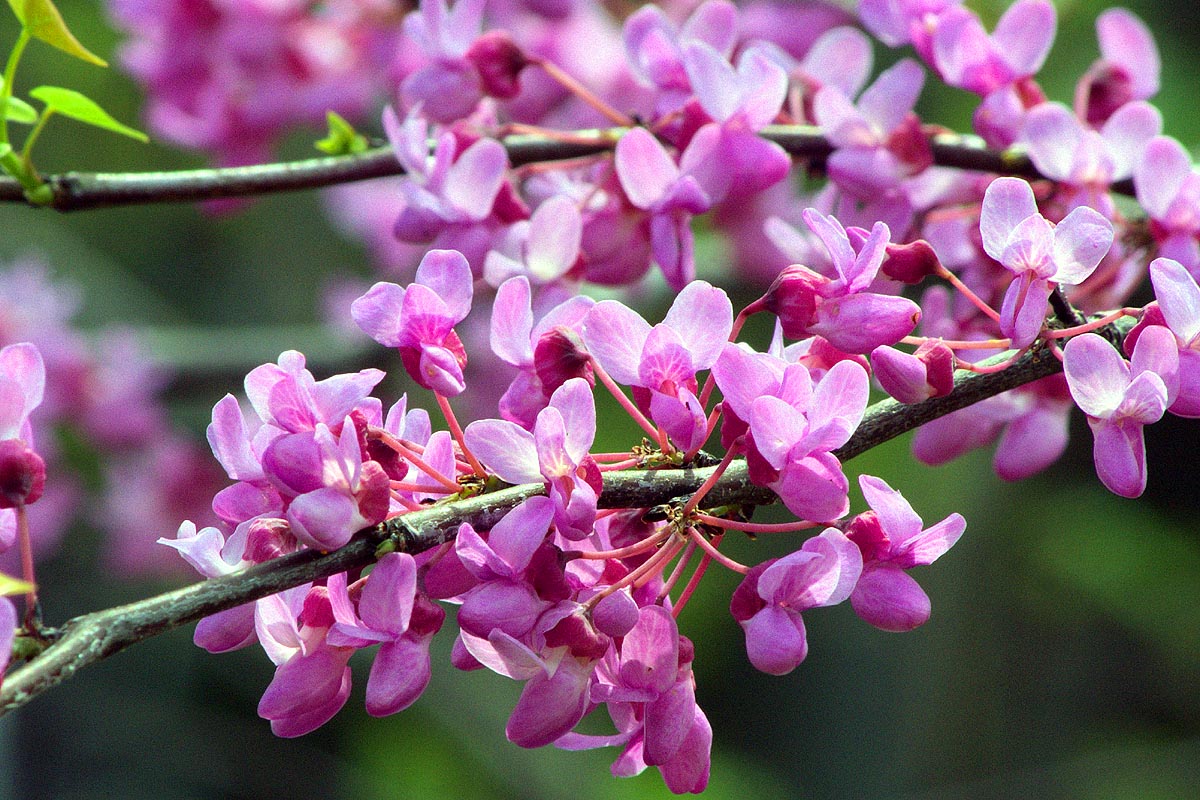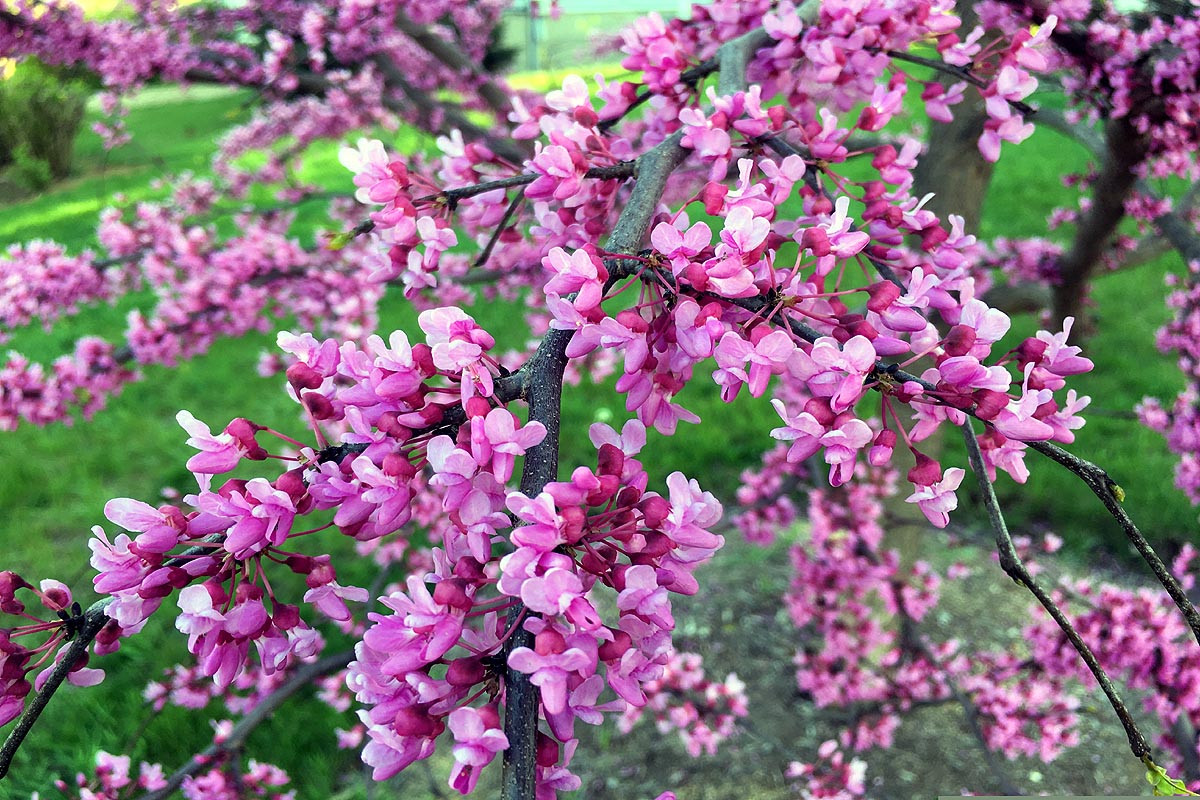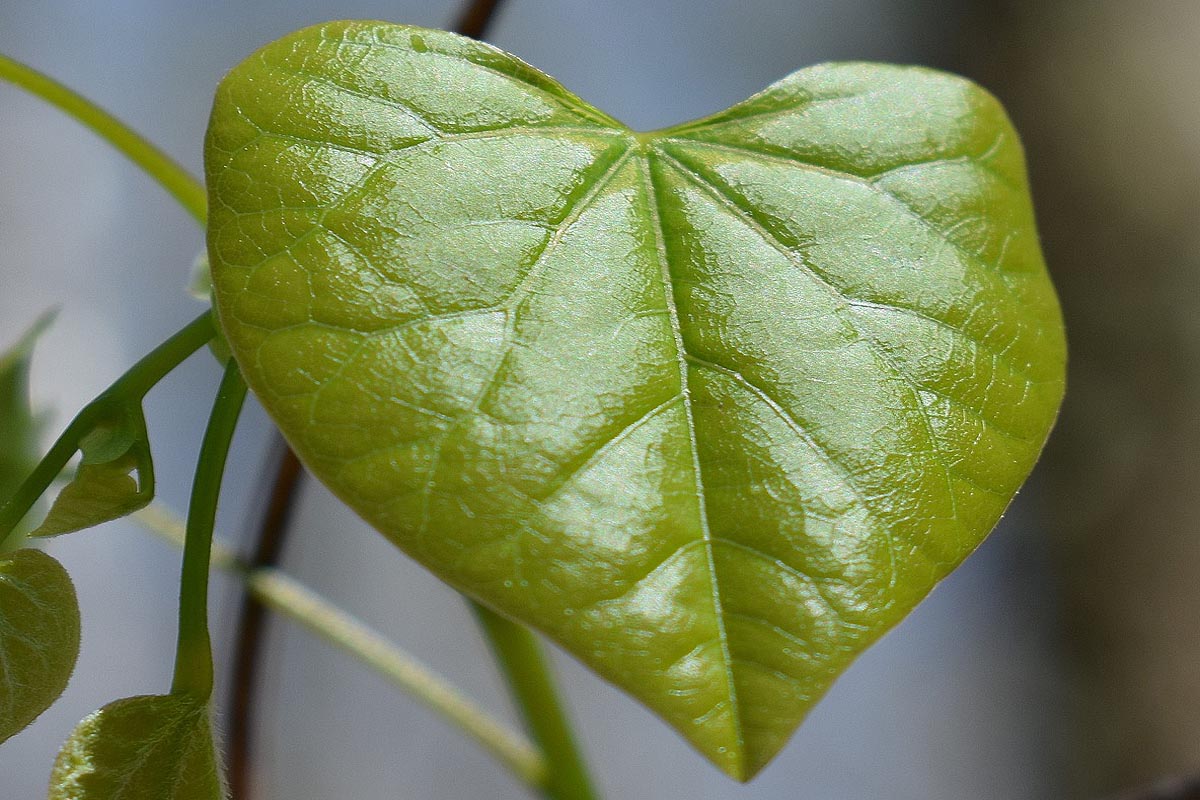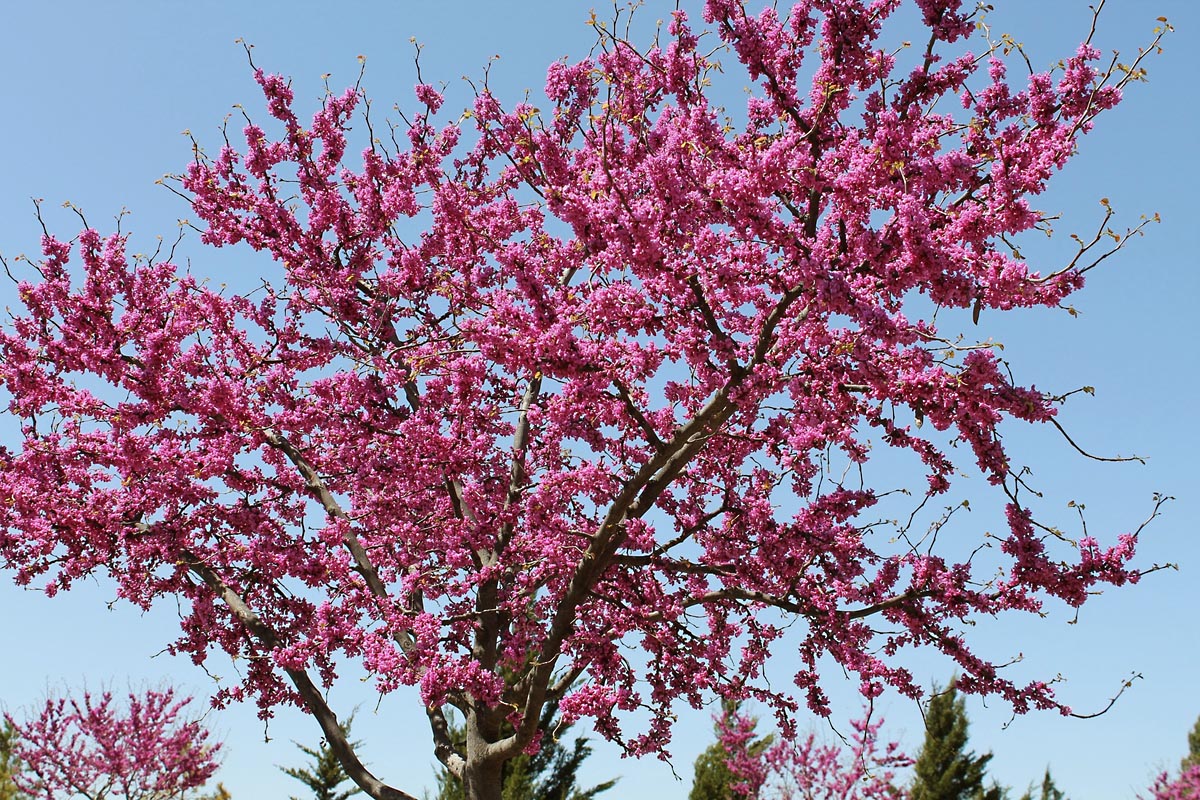Beautiful mid sized Native American tree, its special feature is the stunning display of purple-pink flowers that appear on the bare branches of the tree in early spring. Such early flowers before the leaves appear is especially important to early pollinators but totally enjoyable to humans. The characteristic heart shaped leaves that follow are unique and make it easy to identify. hardy to zone 4 its a tough plant although there can be some twig die off in very cold areas. Prefers full sun but since it will grow to warm areas in zone 9 it will need some shade. Producing a lovely arching elegant structure this tree grows to at most 30 feet (9m). Its tough and tolerates most soil types but water logged and its deep tap root makes it stable but not transplantable once established. The seeds do need moist stratification before they will germinate but its fairly easy to accomplish and totally worth it for this lovely tree.
The leaves are also very characteristic being broadly heart shaped about 3-5 inches (7 to 10 cm) across with smooth margins and long stalks that are attached alternately to twigs. The begin life with a slight purple tinge but soon mature to bright green and shiny above but paler below. In autumn/fall they often turn a bright yellow but color change may be effective by weather and change may not occur in some years.
The fruits form after the flowers as pods 2-4 inches (5-10 cm) long and about 1/2 inch (1.3 cm) wide. These begin as light brown but mature to a dark brown almost black and contain between 6-12 elliptical brown to black kidney-shaped small seeds. pods are not very noticeable until the leaves fall from the trees leaving the pods to cling to the branches for much of the winter. The number of pods will vary by year with some being few and others very prolific, some trees are sterile and produce no pods at all.
Trees are hardy from zones 4-9 and grow to about 20 to 30 feet (6 to 9 meters). Branches are slender and curved giving younger trees an elegant vase like shape but older trees can become more openly rounded most commonly with a single trunk but on occasions multiple trunks may form giving it a more shrub like appearance. The bark of younger branches is a lustrous reddish brown but as they age to more mature trunks they become grey then to almost black with a slightly scaly surface and may form deep fissures that expose a cinnamon orange interior. Trees are considered short lived at about 20-35 years.
next place seeds in a heat tolerant container and pour almost boiling water on them. Boil the water, let it stand for about 3-4 minutes they pour it. This appears to shock the seeds enough to open and crack the seed coat, allow water in and the seeds to swell. Let the seeds soak for 24 hours before moving to the next stage. If some seeds did not swell repeat the hot water process.
While some sources state you need to scarify the seeds with sand paper or knick the seed coat others report that hot water alone gives the best results. We have also found this so done bother with the sand paper any longer.
Once seeds are ready they need to be cold moist stratified for at least 60 days. Please refer to our Stratification instructions to determine which method is best for you.
If using the cold outbuilding method ensure you have enough winter cold left in the year for the process to work. If the cold persists longer than the required time, remove them after the required time for earlier germination or leave them and wait for spring.
Sow in good sterile seeding mix about 1/4 inch (5mm) deep. Place in cool not hot sunny location and keep moist. Do not put on heat pad.
Once seeds have germinated move to individual pots and grow on until at least 6 inches (15.5cm) tall before planting out. Protect new plants from wildlife browsing. While they may not eat larger tree seedlings they will eat small ones.
Soil type. Not really fussy and can tolerate a range of soil and pH but it must be well draining. Does not tolerate wet soils, those that flood often or dont drain well. Avoid heavy clay and areas near water or rain gardens that may flood.
Light. Full sun is best and essential in the colder more northern zones. Hardy to zone 4 it needs full sun down to at least zone 6a. Some light shade can be tolerated from 6b and warmer and more shade in zones 8-9 use as a light understory tree but with plenty of airflow in these zones.
Water. Needs regular watering when establishing itself but unless there is a drought it should manage fine in most soils. Its fairly drought tolerant in areas of sufficient rainfall and is sometimes used as a street tree.
Pruning. Prune tree from a sapling onwards to ensure the tree has good structure and gives a pleasing shape. Branches can often become brittle so its important to ensure that there is sufficient airflow through the tree to encourage branch strength. Remove any branches that die promptly. In colder zones small twig die off is not uncommon in cold winters.
In good location trees can grow 4-6 feet a year when young but growth slows down after a few years growing only 1-2 feet per year.
It is also tolerant of black walnut trees (juglone) and can be grown as a understory tree in open setting.
The leaves are also edible but only when quite young and just emerging, used in salads and cooked if desired.
Most foragers declare that the seeds are the best. The young pods do look very much like snap peas when young but are far more astringent so use only in highly flavored or spiced dishes are pickle them. Once they dry out its the seeds themselves that are interesting and very high in protein (27%) and are considered as good as many of our best native nuts such as hickory. Native Americans used to roast them in fire pits and eat them whole. They are considered an excellent survival food since they remain on the tree late into winter.
Previously known as:
Cercis dilatata, Siliquastrum canadense


